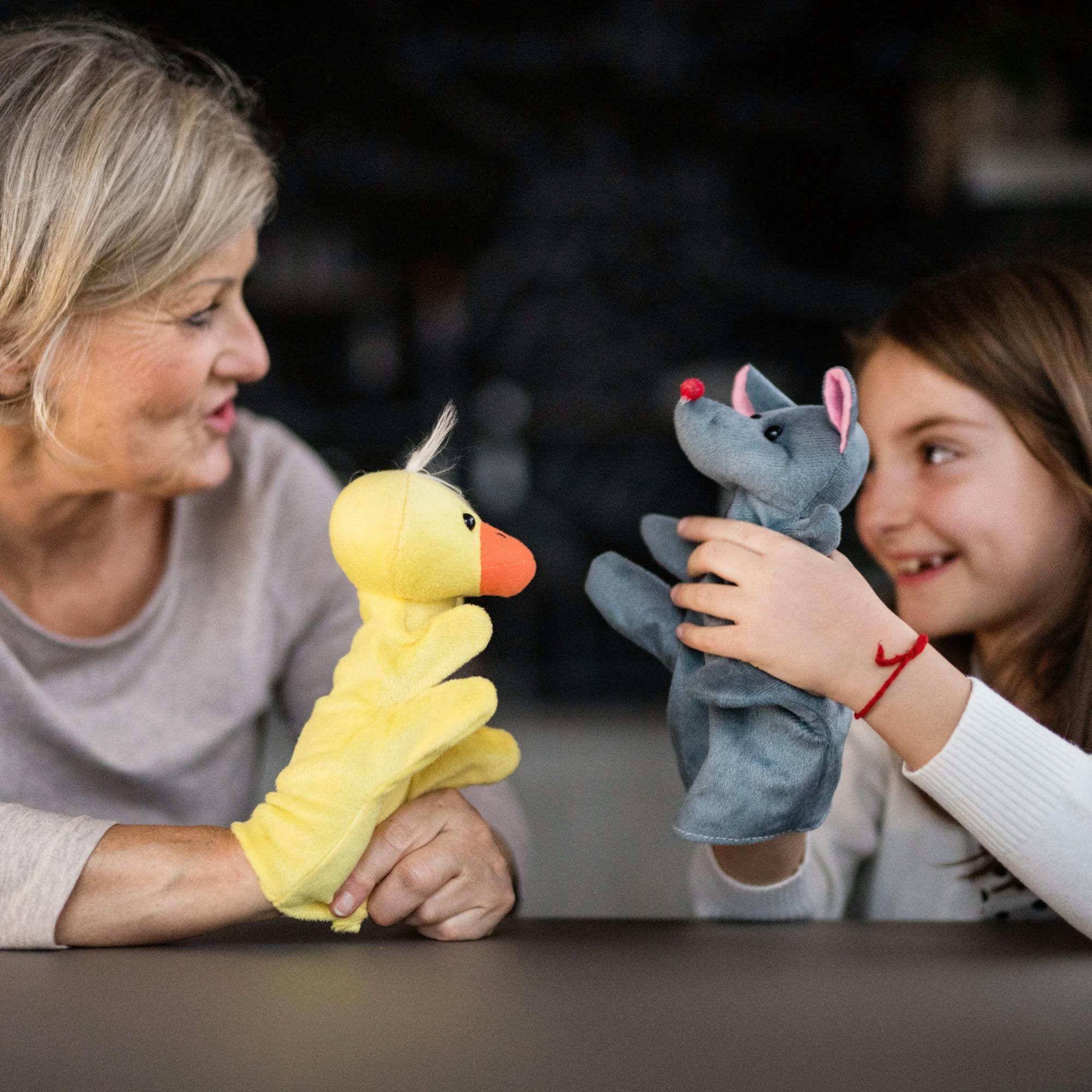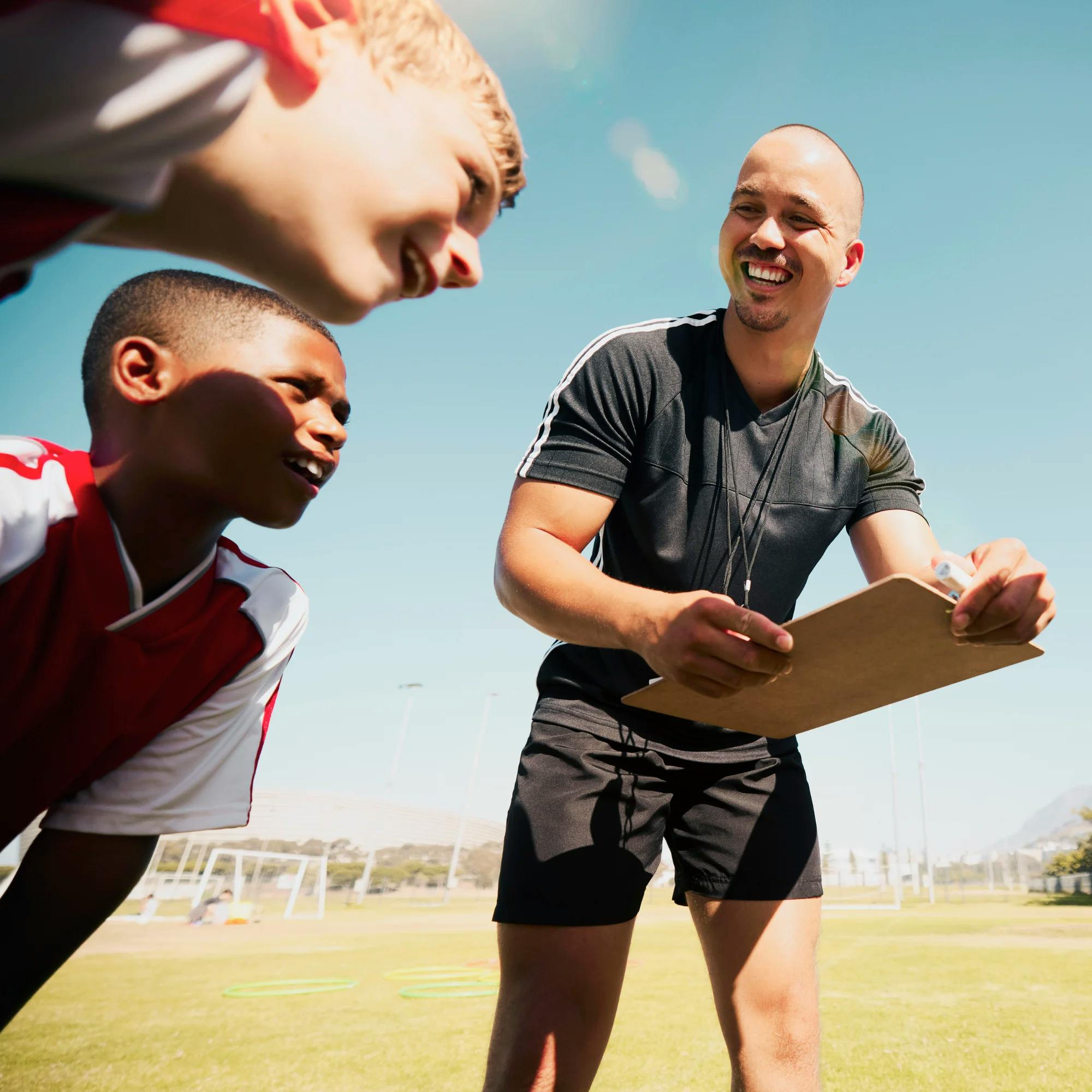Some speech sounds are easier to make than others. This is true in just about any language! Certain languages like Spanish use the trilled /r/ sound, also known as the rolled /r/. This is one of the more challenging sounds for children (and even adults) to learn.
In this article, we explain how to make a trilled /r/ and when to think about contacting a speech therapist for help. Anyone can learn to roll their /r/’s, but some people need a little more assistance to get there.
How to trill your /r/
The trilled /r/ sound is also referred to as “rolling your r’s.” This sound is not used in the English language. It’s used in languages such as Spanish, Italian, Russian, and Arabic. Native speakers of these languages may have trouble learning the trilled or rolled /r/. This sound can also be challenging for people trying to learn these languages.
To trill your /r/, the key is to keep your tongue very relaxed. This relaxation allows it to vibrate correctly.
Here’s how to make the trilled or rolled /r/ sound. The tongue and jaw should lower slightly, so that not all of the tongue is on the roof of the mouth. The sides of the tongue should touch the top molars, and the tip of the tongue should touch the alveolar ridge, which is the bumpy part behind the top front teeth. It’s almost as if you’re saying a /d/ sound, but allowing the tongue to vibrate.
When the tongue is in the correct position, take a breath and voice the sound, allowing the tongue to vibrate and produce a trilled /r/. You can think of the tongue like a flag flapping in the wind.
You can hear an example of a rolled /r/ in this video. The speaker explains that you need to focus on allowing the airflow to move your tongue. When rolling your /r/, you don’t actively move your tongue by itself.

Why is rolling your /r/’s so hard?
The rolled /r/ sound is tricky because it’s not easy to see how to produce it. With a sound like /b/ or “TH,” you can easily look at the mouth and watch how it moves to make the sound.
With the trilled /r/, the tongue is inside the mouth, so it’s harder to visualize how to move it. Take a look at the anatomical image here to see how the rolled /r/ sound is made.
This sound also requires quick and exact movement of the tongue. Any variation in placement or movement of the tongue will make it sound incorrect. In addition, the voice has to be used, meaning that the vocal folds vibrate. This adds another level of complexity to the sound.
For many people, it takes awhile to learn how to trill their /r/’s. Most people are able to learn this sound, even if it takes time. Be patient and keep practicing!

How to find help for learning the trilled /r/ sound
If you or your child is having a hard time with this sound, a licensed speech therapist can help. Look for a speech therapist who is fluent in a language that uses this sound. In the U.S., this will commonly be a Spanish-speaking speech therapist. However, a therapist who is fluent in any language that uses this sound can help you learn it.
If you’re looking for a speech therapist for your child, talk with your pediatrician. They may be able to recommend local speech therapy practices. You can also research speech therapists near you, or look into online speech therapy. With online speech therapy, you can meet with a therapist online for 1-on-1 sessions from the comfort of your home. This allows for more scheduling flexibility (and no commuting!).
Once you find a speech therapist, you or your child will have a speech evaluation completed. The evaluation will assess all the phonemes in your fluent language to assess which ones may need to be targeted in speech therapy.


What to expect in speech therapy for speech sounds
Speech therapists are trained to help people of all ages reach their speech goals. Your speech therapist will determine the best way for you or your child to work toward the goal of making a trilled /r/, along with any other speech sounds they may recommend.
When it comes to learning a new speech sound, daily practice is important. Your speech therapist should give you home practice activities to do throughout the week, between sessions. Daily practice helps you reinforce and maintain what you learn in therapy sessions. This can make a big difference in how quickly you or your child make progress.


Speech therapy for trilling your /r/’s might begin with practicing the rolled /r/ by itself, in isolation. As you begin making progress, you’ll move on to practicing this sound in syllables, words, phrases, sentences, and eventually everyday conversation. Growth happens in small steps that lead up to reaching your big goal.
Do you or your child need help rolling your /r/’s? Click here to get matched with a speech therapist at Expressable. We’d be happy to answer your questions and help you decide on next steps.
How Expressable Can Help
Concerned your child isn't reaching age-expected milestones? Looking for communication support from a professional? Expressable is a national online speech therapy practice serving children and adults. We treat all major areas of communication and feeding, offer flexible hours including evenings and weekends, and accept most major health insurance plans. We’re proud to have earned more than 3,000 5-star reviews from our clients (4.9/5 average).
Our therapy model is centered on parent and caregiver involvement. Research proves that empowering caregivers to participate in their loved one’s therapy leads to better outcomes. That’s why we combine live, 1-on-1 speech therapy with personalized education and home practice activities for faster progress.
Communication is more than words. It’s how we share how we feel and show who we are. We’re here to help you or your child do just that.

 Abby Barnes, M.S., CCC-SLP
Abby Barnes, M.S., CCC-SLP









